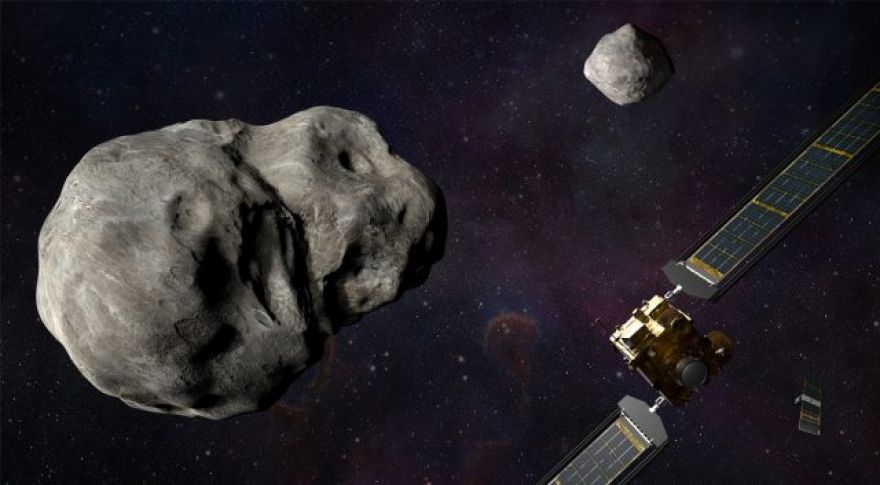
NASA Launches DART Asteroid Deflection Mission
Earth has been pelted by space rocks on a regular basis for the entirety of its existence, and there’s nothing stopping it from happening again. The next big Earth impactor is already out there, and eventually, it’ll make itself known. For the first time, there’s a chance we could stop such an object from clobbering the planet. NASA just launched the spacecraft early Wednesday morning (Nov 22) on a mission to test asteroid redirection technology. Next year, it will collide with a space rock called Dimorphos with the aim of changing its orbit.
NASA partnered with SpaceX to launch DART (Double Asteroid Redirection Test) aboard a Falcon 9 rocket.
Dimorphos and Didymos make an ideal system to study the effectiveness of asteroid redirect technology. NASA will analyze the orbit of Dimorphos before and after the impact to see how it was affected. Dimorphos will become the smallest celestial body ever visited by a human spacecraft, making the mission that much more challenging. The 1,100-pound (500 kilograms) DART needs to line up its attack run and hit Dimorphos at 6.6 kilometers per second, all while the NASA team is 6.8 million miles away—it’s all automated.
Asteroid Dimorphos: we're coming for you!
Riding a Falcon 9 rocket, our blasted off at 1:21am EST (06:21 UTC), launching the world's first mission to test asteroid-deflecting technology.
— NASA (@NASA)
In addition to smashing itself to bits, DART will deploy a small secondary satellite from the Italian Space Agency called LICIACube. This spacecraft will witness DART’s demise from 34 miles (54 kilometers) away and measure the amount of debris kicked up from the impact.
To judge the success of the mission, astronomers will look to see how fast Dimorphos completes an orbit around Didymos. Currently, the smaller rock orbits the larger one every 11.9 hours. If the orbit speeds up by just 73 seconds, the mission will be deemed a success. Although, some members of the team are expecting a much larger change on the order of ten minutes. If we can manage that with the relatively small DART impactor, it should be possible to nudge a killer asteroid into a safer orbit with similar technology. The real challenge might be spotting the target before it’s too close to redirect. We’ll know if humanity has a new tool to preserve life on Earth sometime next fall.
Now Read: